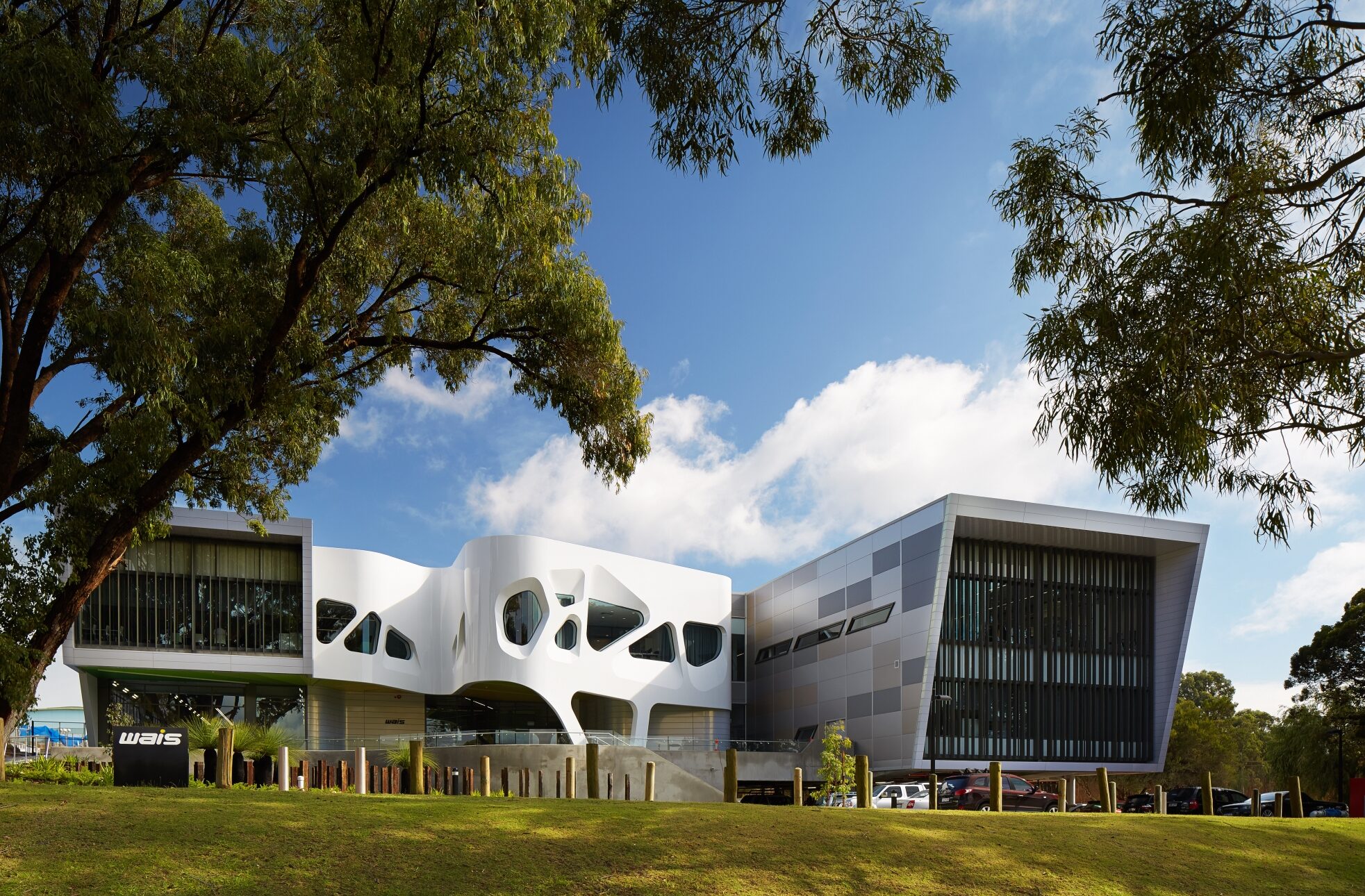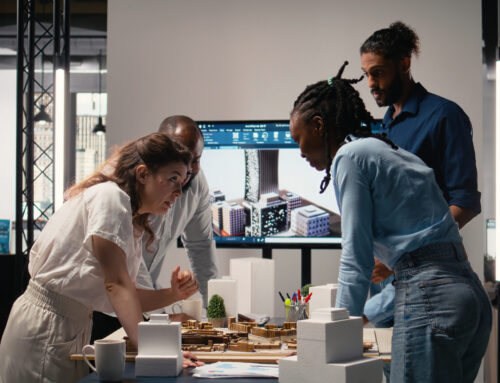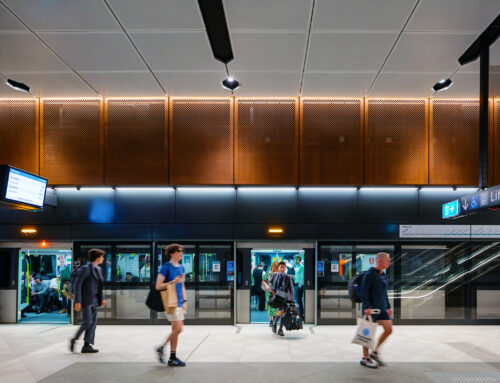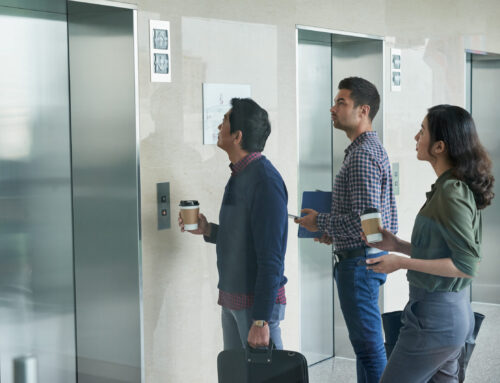A pool is no longer just a pool. Aquatic centres need to cater for lap swimmers, recreational swimmers, toddlers and tournaments. They need to support patients going through rehabilitation and people with all levels of ability.
Communities are increasingly asking for more from their local councils. Their aquatic facility needs to combine wet and dry facilities – lap pool, warm water pool, zero depth pool, water play, gym, classes, café and retail – as well as bring people together, attract visitors, improve health and wellbeing and generate revenue.
Local councils and regional authorities need to continually consult with their community, review their aquatic and leisure strategy and upgrade their facilities. They need to ensure their pools remain relevant and sustainable.
The report also shows the industry employs the equivalent of 33,600 full time employees, is a generator of $2.5 billion in health benefits and a provider of $3.8 billion worth of social benefits including helping to create increased life satisfaction.
taking care of people and the pool
Swimming pools are high risk facilities. Careful planning, design and specification are critical to both keep people safe and maximise the lifecycle of a facility.
The lifecycle of a pool depends on how well the pool was built and the way in which it’s maintained and chemically balanced. If designed and built well, the concrete can last up to 50 years, internal finishes can last between 10 and 20 years and the filtration plant 20 to 30 years.
Safety
When designing for safety, consultants need to follow national and regional standards.
Risk of drowning
The most critical design factors to mitigate risk of drowning include:
- fencing to prevent unsupervised access
- design and specification of grates, grilles and underwater suction points to prevent hair or little hands getting trapped or being stuck at a point where water is being drawn out. It’s also important that if one is obstructed another can continue to function and eliminate increased suction at the obstructed grille
- visibility for lifeguards, wherever they are on the poolside. Overhead lighting needs to prevent veiling reflections (where the bottom of the pool isn’t visible because of reflections from the window or other surfaces)
- above water and below water CCTV systems which detect lack of movement and potential drownings.
Pool form
Design needs to incorporate gradual changes of depth to ensure swimmers’ legs and feet don’t collide with under water obstacles like the pool floor. Changes in depth need to be clearly marked and signed so users don’t, unknowingly, go too deep.
Health and wellbeing
Filtration and sterilisation ensure water is clean, preventing health outbreaks and keeping pools enjoyable to be in. If a pool has a high turnover rate, for example a toddler pool, it needs more intensive treatment than a facility with a lower loading factor, for example a diving pool.
It’s always important to follow the guidelines set out by the relevant health authority and national bodies.
Filtration and water treatment
There are 3 main types of pool filtration, each with their pros and cons. The best option depends on the purpose of the pool, priorities of the facility and quality of the local water.
- Cartridge filtration – this is the preferred option for small pools and spas. The filter is washable, replaceable, doesn’t take up a lot of space or use too much water. Over time, the filter needs replacing but doesn’t get a huge amount of wear so this isn’t frequent. The downside is they’re expensive.
- Granular media filtration – this uses sand or glass beads and provides efficient filtration. It takes up considerable space and needs to be backwashed. (This is when the flow of water is reversed through the filter at a higher pressure.) A consultant can advise on different backwashing solutions which reduce the water used.
- Ultra fine filtration – this uses a fine filtration media which filters out very small particles. It’s very effective at maintaining good water quality and is often recommended for high risk pools, for example toddler or hydrotherapy pools. It also takes up less physical space than granular media filtration. It is, however, difficult to separate out the particles and filtration media so, after backwashing, both the filtration media and waste need to be dumped. They also have a significantly higher capital cost.
Chlorination and sterilisation
To keep a pool safe, germs and viruses in the water need to be treated. This can be done through chemical treatment using chlorine- or bromine-based sanitisers as well as ultraviolet (UV) or ozone disinfection.
Chlorine is an effective oxidising agent that neutralises germs. When it’s hard at work fighting bacteria, levels drop. It therefore needs to be continuously monitored and topped up to remain effective. Bromine works in a similar way.
UV, or ozone, sterilisation can also be effective and allow you to use less chlorine. These treatments, however, cannot carry any residual effect into the water body which means even an outdoor pool will still need an additional sterilisation method.
Indoor air quality
Chemicals, like chlorine, can have strong smells and be toxic if not controlled through ventilation. Whatever the method of sterilisation, both ventilation and humidity control in indoor centres are important. This will improve the smell, reduce contaminants and prevent condensation and associated corrosion.
A high ventilation rate comes with its downsides. The more outside air that’s introduced, the more likely the facility will get draughts and consume energy.
Strategic placement of air extraction can help, for example keeping extractors low to remove chlorine odour from the surface of the water and prevent hot air from rising, spreading odour and increasing the likelihood of condensation.
Physical environment
Corrosion
Chlorine, and other chemicals, can corrode steel work and surfaces like glass and tiles. Surfaces need to be treated to prevent these chemicals coming into direct contact with them.
Another space to be wary of is the gap between the roof and roof sheeting. It’s critical to stop humid air migrating into this space as it will lead to water condensing and collecting on the ceiling. Before long, the water can pool on the other side and put the ceiling at risk of damage or even collapse.
A vapour barrier – which water and air cannot penetrate – can stop moist air from going into these spaces. This needs to be placed on the warm side of insulation, not the other way round, as when warm air moves into a cold space it creates mould and other nasties.
Reducing water use and energy in aquatic environments
Pools are the majority contributor to energy use in a leisure centre. A competition pool needs to maintain a constant temperature of 24 degrees, most lap pools are around 27 or 28 degrees and a spa is generally kept at 36 degrees. Developing a sustainability strategy which incorporates renewable energy and smart water solutions offers significant financial and carbon savings.
Aquatic centres typically exhibit higher energy consumption and greenhouse gas emissions than other facilities. This is because of the continuous operation of water heaters, often fuelled by natural gas, which uphold consistent water temperatures.
The use of energy-intensive electric pumps for water maintenance and the need to regulate internal air temperatures also add to the high energy use of these facilities.
Reducing operational carbon
Operational efficiency starts with passive design consideration, ensuring the building considers the local climate and site. Natural and mixed-mode ventilation systems can reduce the heating and cooling energy demand.
Electrification
Aquatic centres normally have significant roof space that can be used for solar photovoltaic systems. These are easy to design into a new development and can also be retrofitted into an existing facility. They can be used to top up pool temperatures throughout the year with increased potential during summer months.
The system can be optimised to consider peak energy generation and thermal storage. This can maximise electricity produced during the day to continue heating the pools when there’s no solar energy available.
Any additional electricity demand can be fulfilled through off-site renewable sources via a power-purchase agreement.
An all-electric solution can also include heat pumps that are combined with heat recovery ventilation to pre-heat or pre-cool the air coming in and out of the building.
We’ve designed full electric heating via air source heat pumps for Bay Pavilions Regional Aquatic Centre in New South Wales, Australia, and pool filtration using UFF filters throughout.
Geothermal
This option depends on the local climate and site conditions. It uses the natural heat found deep underground for heating and is a clean heat source. It can offer substantial operational cost savings in high-energy facilities.
Our aquatic team helped to rectify the geothermal heating systems for Cockburn ARC, Perth, Australia.
Reducing water use
Backwashing – an integral part of the filtration process – uses a lot of water. Several strategies can reduce water consumption, including:
- air scour on granular filters
- treating backwashed water and reusing it as grey water for flushing toilets or irrigation
- rainwater harvesting for irrigation, pool water top-up and toilet flushing.
Reducing embodied carbon
Ensuring embodied carbon is considered during the design process can reduce the carbon-intensive materials used in the building structure, facade and finishes.
Sustainability accreditation
Rating tools and frameworks such as Green Star can be used to guide and verify a facility’s sustainability approach.
While the initial outlay of renewable energy can be expensive, there are grants available in Australia, and around the world, for energy upgrades at existing local government and other facilities.
Maximising value
There’s no such thing as a cheap swimming pool but there are ways you can ensure your services and equipment are competitively priced.
Sourcing independent unbiased design for your filtration and ventilation systems enables open tender. This means you’re not locked into one supplier and can, literally, save hundreds of thousands of dollars.
Community considerations
Communities are demanding leisure centres which include wet and dry facilities that meet needs of the whole community.
They also want as little disruption as possible and designing with this in mind is key. Staged works which shut down parts of a centre at a time and doing as much of the works offsite as possible, for example prefabrication, can expedite works.
Ensuring a centre has separate pool systems which can be maintained individually supports this, both in the initial build and during any ongoing works.
An aquatic facility is a high risk project where a lot can go wrong. From filtration to wastewater, sterilisation to toxic air and heated pools to sky-high energy costs, there’s plenty that needs safeguarding. A team that has expertise in renewable energy, sustainability, filtration and ventilation, stakeholder engagement and commercial viability is key.













